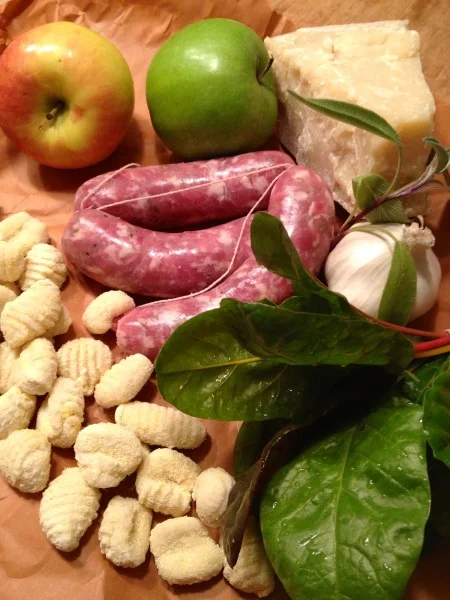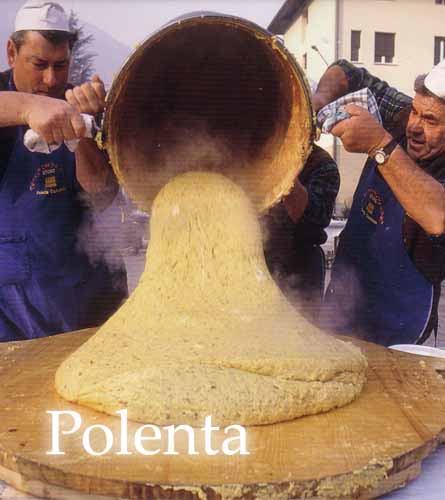Lá Fhéile Pádraig That's Gaelic for Saint Patrick's Day or St. Paddy's. It's one of those days of the year where we all wear green, feel a wee bit Irish and spread good cheer. In honor of next week's holiday; Pionta Guinness, le do thoil. Sláinte! That's, a pint of Guinness please and cheers!
Pionta Guinness, le do thoil. Sláinte!
Lamb Shanks with Mousseline Potatoes as seen on George Hirsch Lifestyle
Makes four servings
chefgeorgehirsch.com | George Hirsch Lifestyle
4 whole lamb shanks
2 Tablespoons olive oil
1/4 cup carrots, chopped
1/4 cup onion, chopped
1/4 cup peas, fresh or frozen
1/4 cup celery, chopped
10 cloves garlic, peeled and sliced
1/4 cup Balsamic vinegar
1/4 cup tomato sauce
2 cups chicken broth
1 Tablespoon rosemary
1 teaspoon thyme
Preheat large saucepan. Add olive oil and brown meat on all sides. Add onions, garlic, carrots, celery and cook until light brown.
Add vinegar and reduce for two minutes. Add tomato sauce, broth, rosemary and thyme. Cover and cook meat for two hours at a gentle simmer.
The lamb shanks are fully cooked when the meat becomes flaky and shrinks away from the bone. Add peas to the lamb shanks and vegetables. Cook for 5 minutes longer.
Serve the cooked Lamb Shanks with sauce and vegetables on top of hot, steamy Mousseline Potatoes.











